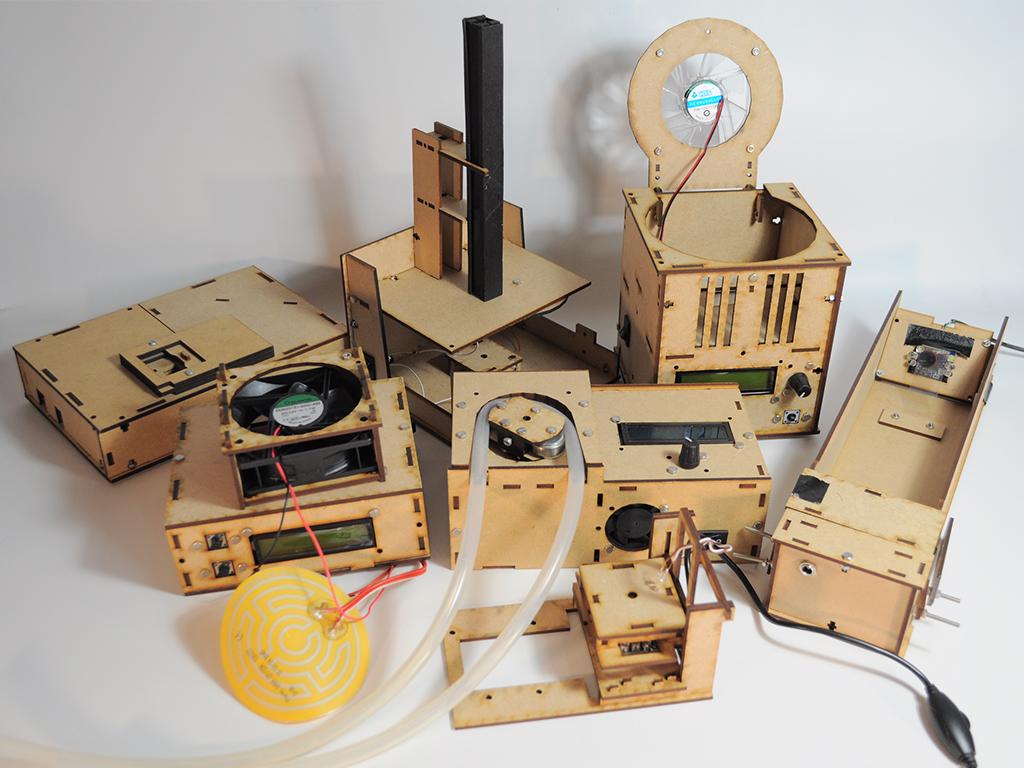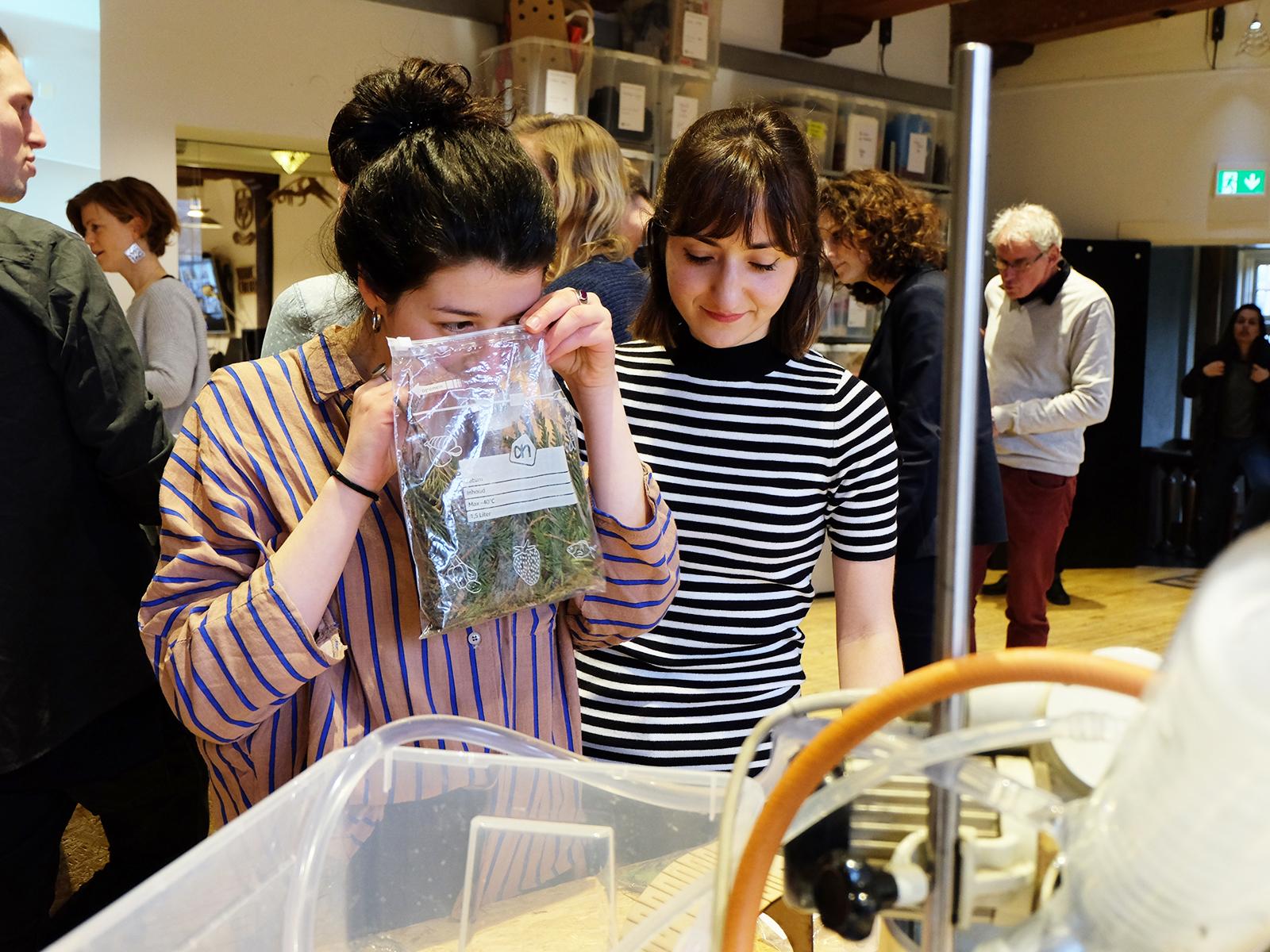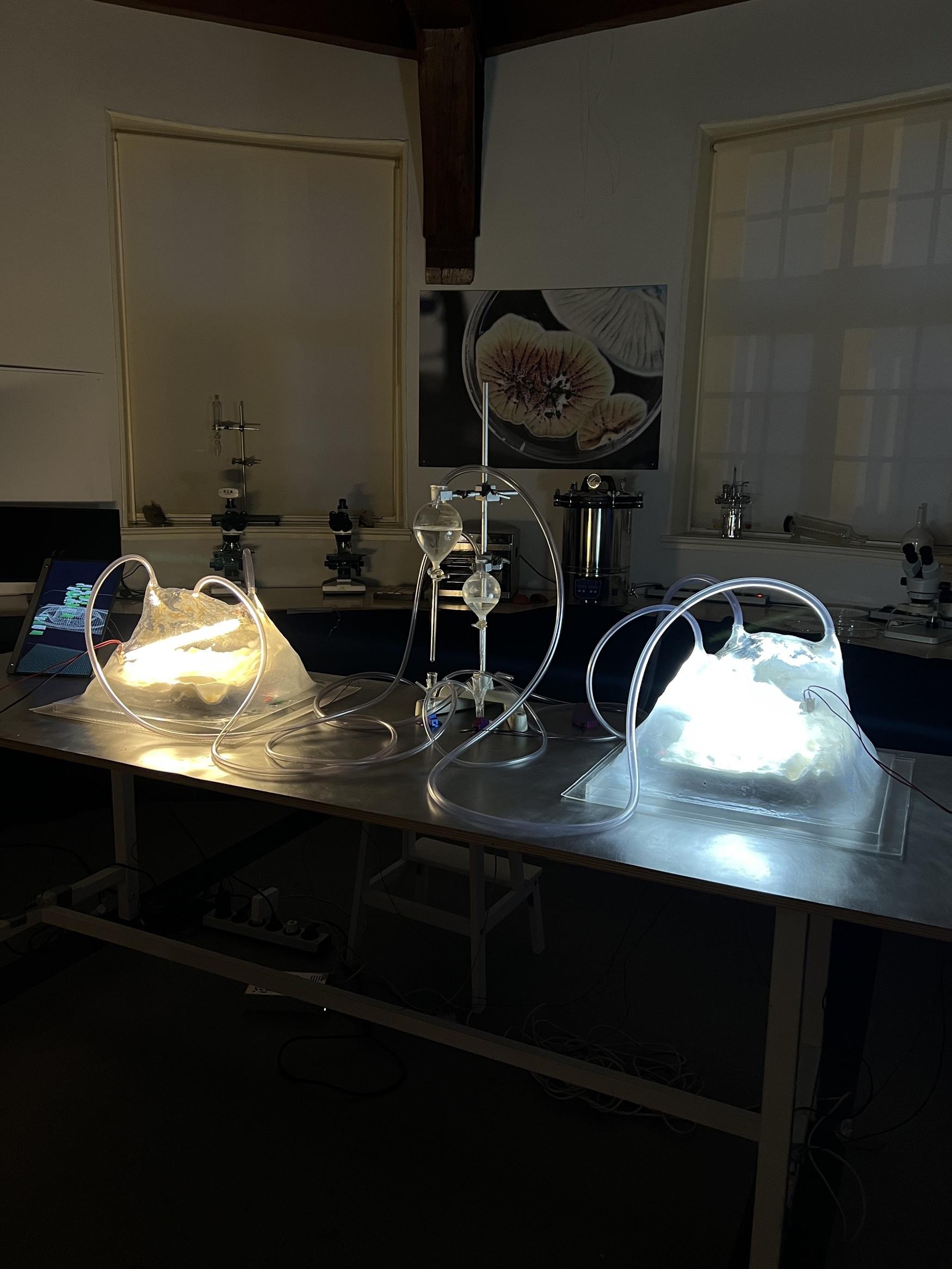In a world where science is most often practiced in isolated labs, gaining access to the primary tools is of great importance to many independent researchers. The emergence of peer production and open source communities are bound to break these boundaries. In places like Fab Labs we now have the infrastructure to collaborate on open design on a global scale and the machinery to build nearly anything we want. Still, there are many hurdles to overcome before Open Hardware will become mainstream.
In our BioHack Academy program we aimed to tackle these hurdles in a hands-on way, since the course is entirely designed around the use of Open Hardware. Over the past couple of years we’ve seen people replicating the designs independently all over the world. Especially the sterile hood, an essential tool in every biolab, seems to be popular among biohackers in Australia, Japan, Brazil and the US alike. From these interactions we’ve learned a great deal on how to make Open Hardware projects work. Here are 5 lessons to make your own open hardware project succeed too:
- Actively engage with your community
Unlike open source software, hardware projects are not so easily copied, adjusted and shared again in a coherent manner. We’ve seen numerous replications and modifications of our open devices, but hardly any of these have resulted in spontaneous return of feedback on potential improvements. Feedback was obtained only when actively engaging with those peers and in direct dialogues. It was ultimately up to us again to implement the changes in the main strand of the design. Don’t expect others to do that for you right from the start. - “Access” outranks “Openness”
When starting an Open Hardware project, don’t be too dogmatic about sticking to the open standards. For future users affordability and access are far more important than openness. What use is a design strictly made out of open parts, when no one can buy the parts or no one understands the open source software used to design it? - Pick parts wisely
A prototype is often made with whatever parts are readily available, but an open hardware project needs to last for several years. Be sure to pick as generic parts as possible. We learned that the hard way, by choosing a linear CCD array for our spectrometer that went out of production two years later. Check the website of the manufacturer in case you plan to use special parts. - Publish use cases along with the design
This is probably the most crucial piece of advice. A lot of potential users will not immediately understand the usefulness of your latest invention. Providing them with some tutorials and examples of use cases will make all the difference. - Make design trade-offs explicit
When publishing your design, take different entry levels into account and make sure your collaborators understand why you’ve chosen a certain geometry or electronic schematic. For each of our BioHack Academy devices we’ve recorded a video instruction, explaining why we choose to use certain parts and the rational behind the design. This will help collaborators understand what parts can be easily hacked, and what interdependencies should not be broken.


